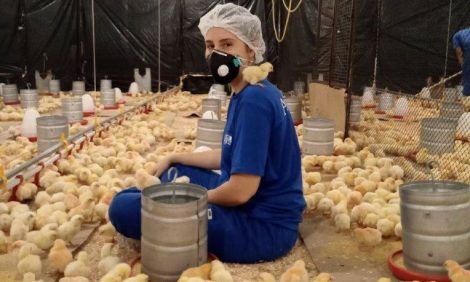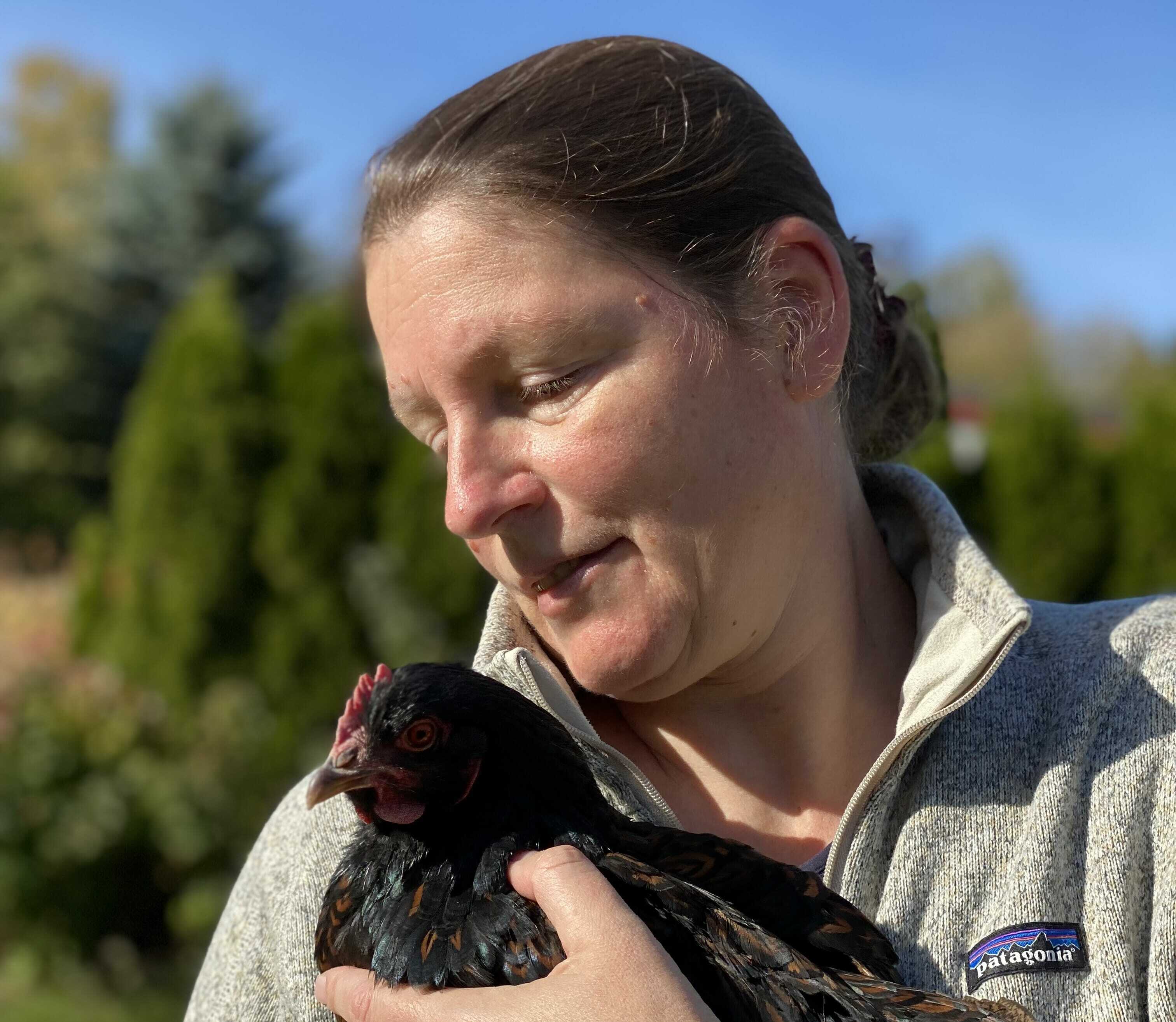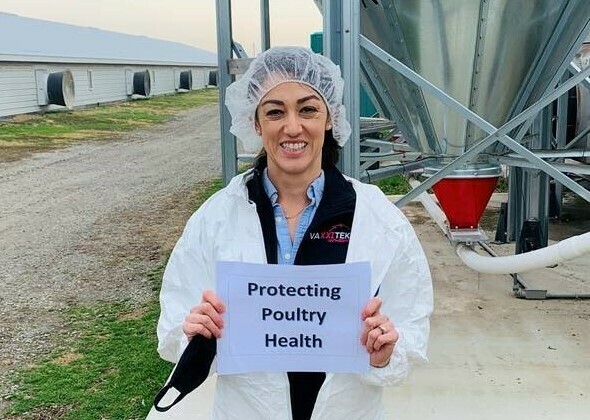



Women in Poultry: How backyard poultry empowers India's rural women
Across India, backyard poultry farming is increasingly offering remote rural families both food and financial support – and as take-up grows, its effects on marginalised groups, especially women, could prove dramatic.While it’s home to malnutrition, poverty and gender disparity, rural India is increasingly becoming a place where people are exploring the possibilities of rearing backyard poultry. Women like Ranjita Sethi, 35, from the eastern Indian state of Odisha, have not only overcome poverty through keeping backyard poultry flocks but have also achieved nutrition security for their families.
Explaining her past, Ranjita, of Dakshin Sahi in Odisha’s Puri district says: “We are poor people. When food prices in the market keep rising, we hardly have a choice to buy nutritious food for our children and the family.”
After six months of managing country chicken in her backyard, she now has many reasons to smile. “Because I raise the chickens in my backyard, I am in a position now to add egg and meat to our food plates and allow my children grow well with adequate protein intake.”
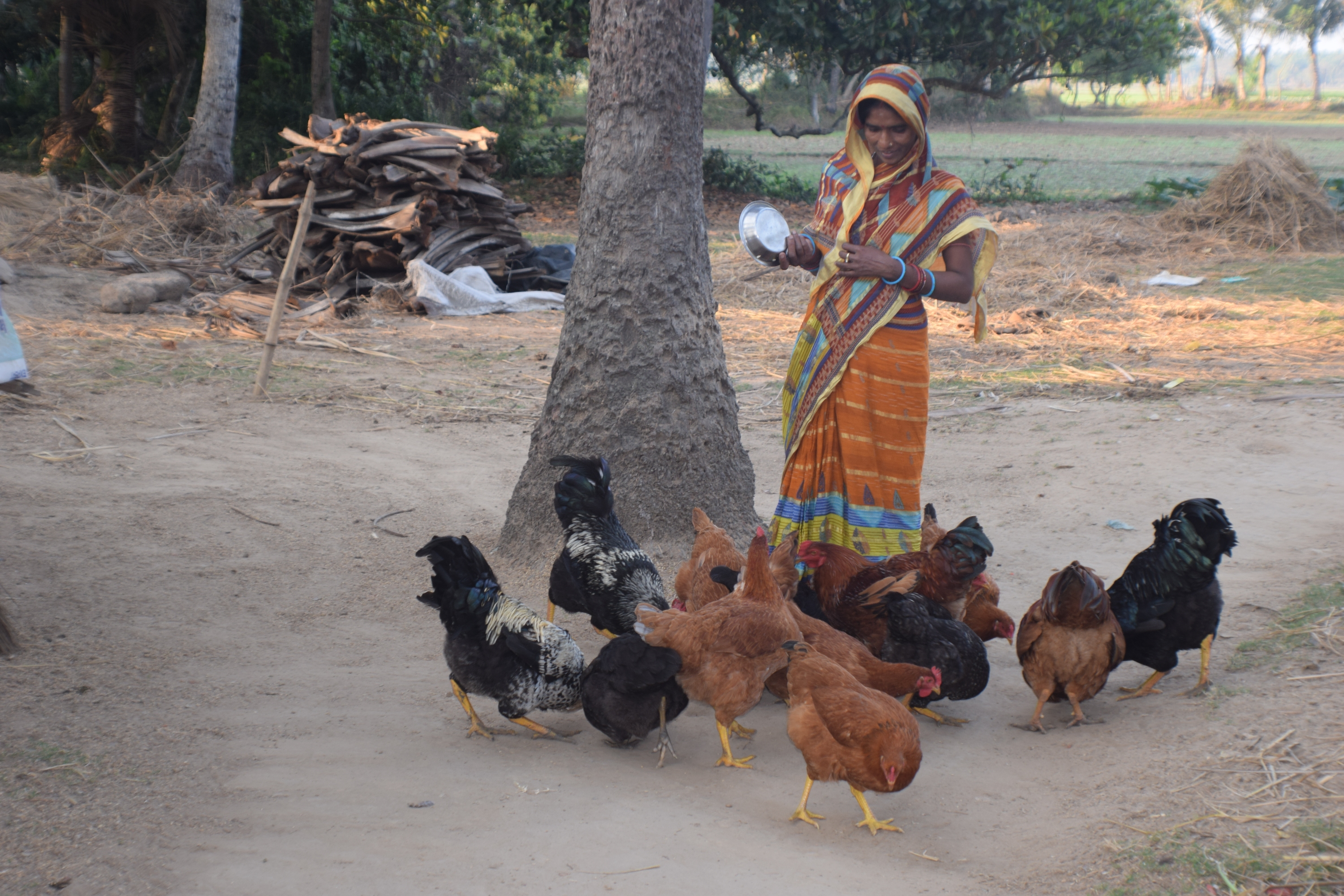
Encouraged by the impact they have seen it have on Ranjita and her family, 20 other women from her village have started rearing backyard poultry too. And outside of their village it’s a common story: with more and more women opting to raise country chickens as an economic activity, backyard poultry is seeing widespread growth in rural India.
Backyard poultry’s place in Indian production
According to the Indian government’s National Action Plan for Egg & Poultry-2022 (NAPEP), backyard poultry accounts for 20 percent of India’s poultry sector, which is worth over ₹800 billion (around £8.5 billion). Across the country, around 30 million farmers are engaged in backyard poultry, estimates the 19th Livestock Census of India.
Backyard poultry farming primarily involves country chicken birds. Today’s popular breeds include a number of genetically improved varieties of indigenous low-input techonology (LIT) birds such as: Vanaraja, Aseel, Kaveri, Chhabra, Giriraja, Gramapriya, Kuroiler and Rainbow Rooster.
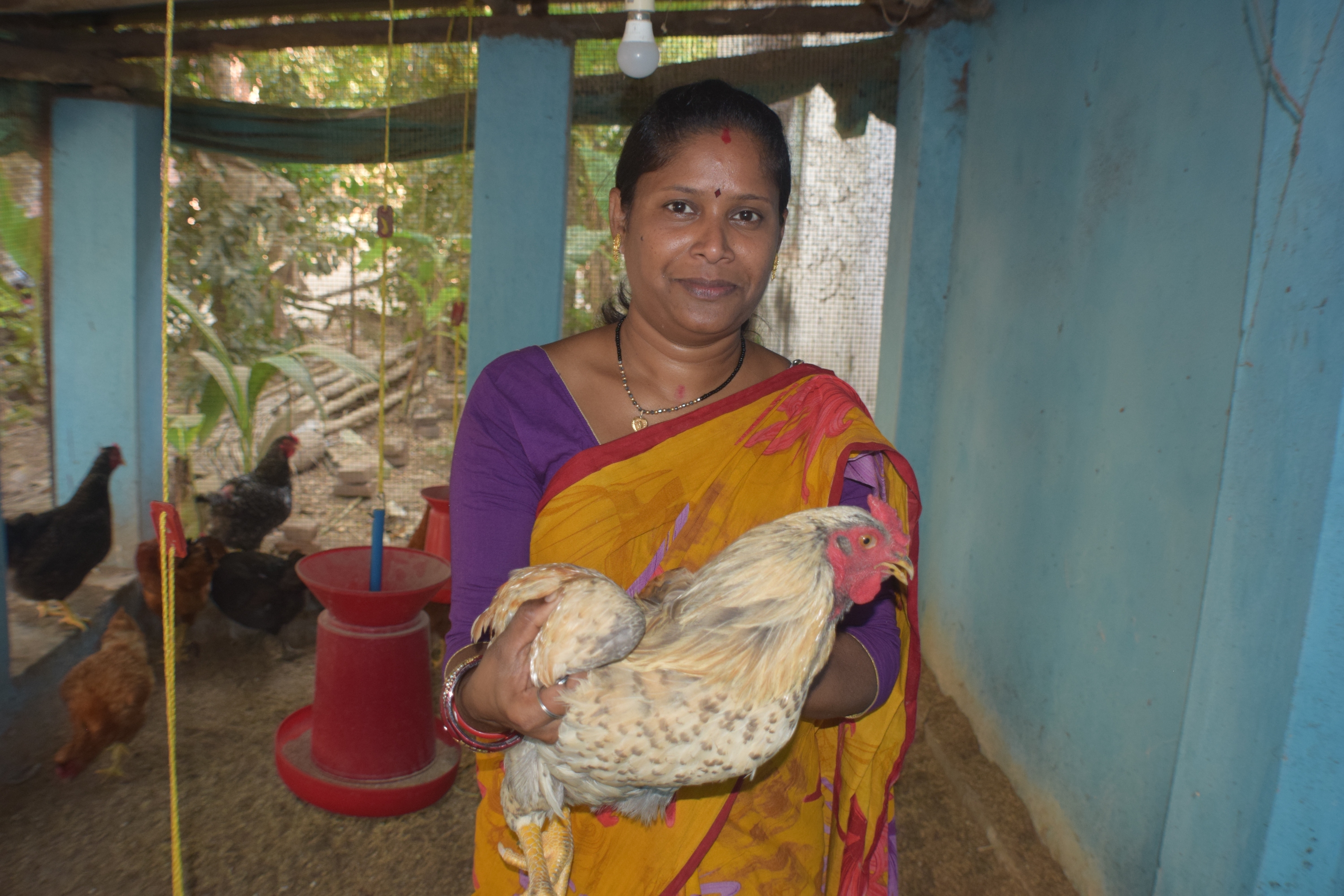
Vanaraja, Aseel, Giriraja in particular are popular varieties preferred by the farmers of major poultry meat and egg producing states like Andhra Pradesh, Tamil Nadu, Maharashtra, West Bengal and Odisha among others.
“These improved country type chickens are efficient dual-purpose birds to cater to both egg and meat needs and fetch more benefit to the backyard poultry farmers,” says said Dr Bandi Kumar Mallick, director of the Central Poultry Development Organization (CPDO), Bhubaneswar. “They are also resilient to different climatic conditions and capable of protecting themselves from predators.”
LIT birds grow faster than the native chicken, reaching the weight of 1.5kg in 45 days and 2kg in four months (120 days); LIT female birds lay 160 eggs.

Addressing poverty and malnutrition
One of the primary objectives of popularising backyard poultry farming in rural India is to provide better income opportunities to the poor farmers and people from indigenous communities living in remote areas. Among its benefits is that it can help make rural women economically and socially empowered and can address the issues of food insecurity and malnutrition.
While the whole poultry sector of India produces around 88 billion chickens per year – according to figures for 2016-17, which represented a growth of about 6 percent on the previous year – backyard poultry has a substantial, though still relatively small share in it. Over 31.4 million rural and poor households involved in it produce about 10.6 billion eggs annually, according to figures cited in NAPEP.
Going by standard nutritional requirements, half an egg a day is optimal for an average healthy person, which translates into 180 eggs per person per year. But the present availability is around 69 only.
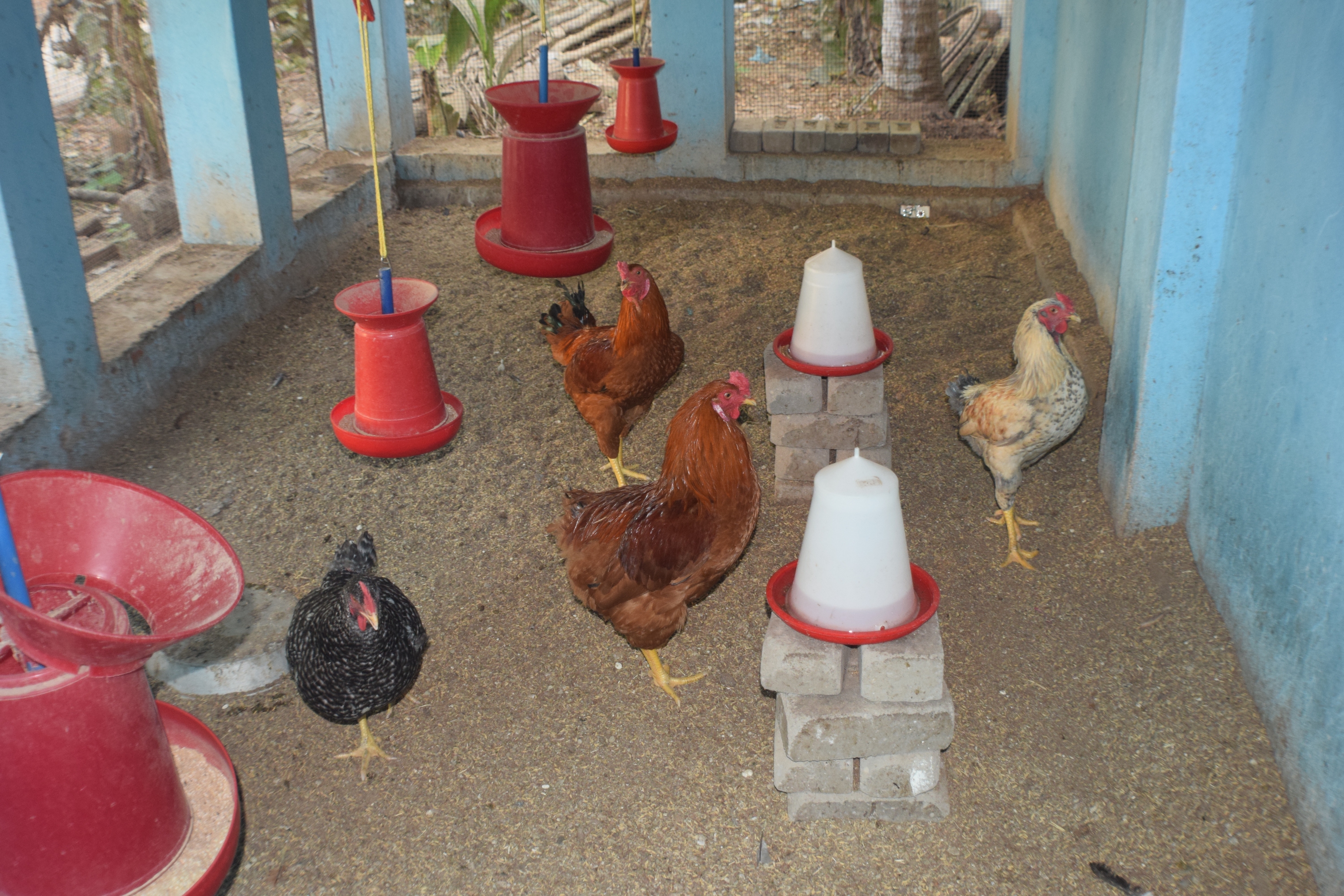
While India’s per-capita chicken meat consumption is around 3kg per year, compared to the world average of 17kg, the consumption of poultry meat has been very low in rural pockets. The main reason is the low purchasing power of people living in these areas. According to Pragyan Parimita Harichandan, an assistant veterinary surgeon, the popularisation of backyard poultry is essential in India to ensure increasing access to protein and nutritious food at an affordable price in rural India.
In such a scenario, the “scope for backyard poultry is enormous to expand across rural India,” says Mallick.
Government promotion
Under the Department of Animal Husbandry, Dairying and Fisheries (DADF), poultry development programmes are implemented through state authorities.
The national government’s rural backyard poultry development scheme, meanwhile, is a centrally sponsored programme where the government contributes to supplying chicks to farmers who are below the poverty line. In case of north-eastern states, the government provides 100 percent support for this provision.
As per government guidelines, about 25 percent of funds have to be spent on promoting backyard poultry among qualifying groups of farmers, whereas 30 percent of the allocation must be earmarked for women beneficiaries. Under the scheme, state authorities are to ensure adequate health coverage while implementing the programme’s measures.
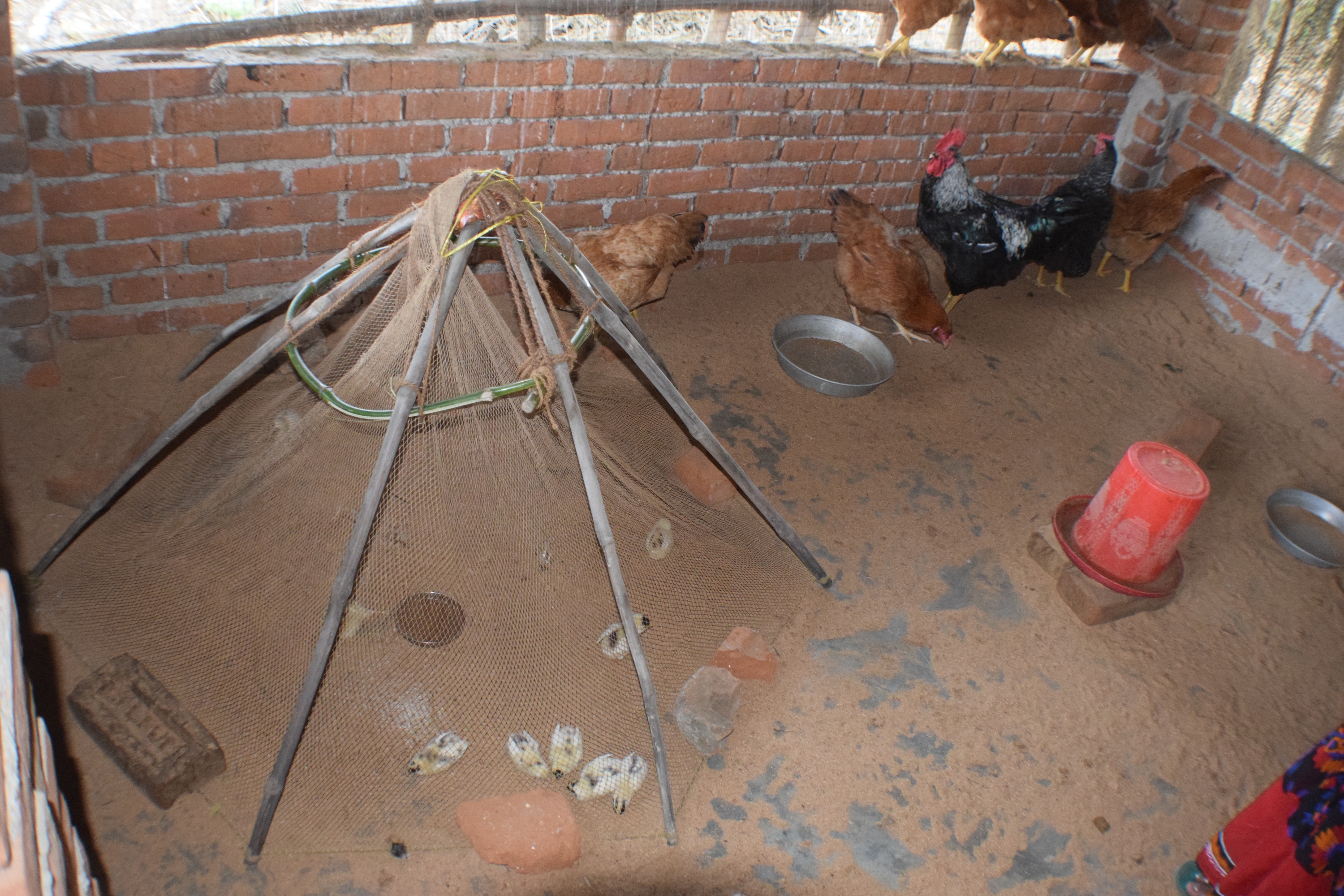
Each beneficiary gets 45 birds at a subsidised price in two or three cycles on the basis of progress. If they require more birds, the farmers must invest in them from the income generated out of the business. Each beneficiary is also provided assistance for preparing night shelters and other facilities.
To ensure the benefits reach the maximum number of people, the state government of Tamil Nadu has recently launched a programme for the free distribution of 50 country chicken along with a cage to 77,000 rural women. Andhra Pradesh has implemented similar programmes on a massive scale.
Under several other programmes, the state governments also promote and support backyard poultry in the rural areas for disaster recovery and rehabilitation, entrepreneurship development and livelihood support.
“The government also builds the capacity of farmers by imparting trainings to the farmers on rearing LIT country type chickens,” says Dr Indira Nayak, assistant director at CPDO, Bhubaneswar.
The national government also provides up to 80 percent financial support and encourages entrepreneurs, women groups, non-government as well as government agencies to start “Mother Units” to take care of the brooding and vaccination of chicks in the first four weeks of growth before they are distributed.
With support from central as well as state governments, backyard poultry farming is spreading in almost all the states and union territories of India.
Possibilities
Ranjita and her friends are making a profit of ₹3,000 (£32) each every three months while feeding their families with eggs and meat. Thousands of women in a similar situation across rural India are now empowered through backyard poultry, which has become as an important means of supplementary income. It plays a role in bringing socioeconomic improvement among the more vulnerable sections of society, especially among tribal populations, landless labourers and women in remote areas.
Backyard poultry also makes protein-rich food available to rural people at their backyard or the neighbourhood at relatively low cost. Over the longer term, the hope is that the popularisation of backyard poultry farming will help address poverty, hunger and malnutrition throughout rural India.
According to a report by management consultants McKinsey & Company, as cited in the NAPEP, India’s per-capita chicken consumption is set to grow from 3kg to 9.1kg by 2030, on account of people’s rapidly changing consumption behaviour. This suggests an even greater scope for backyard poultry to grow as an increasingly important part of India’s poultry sector.











